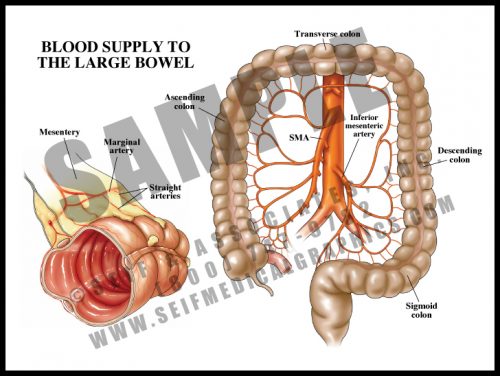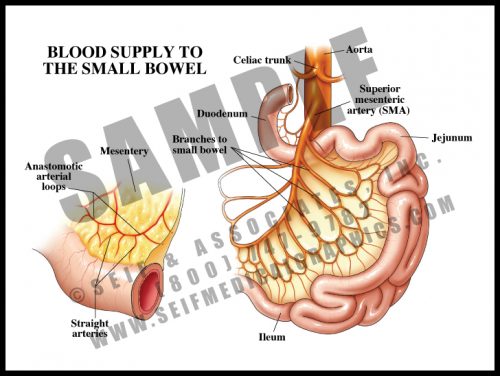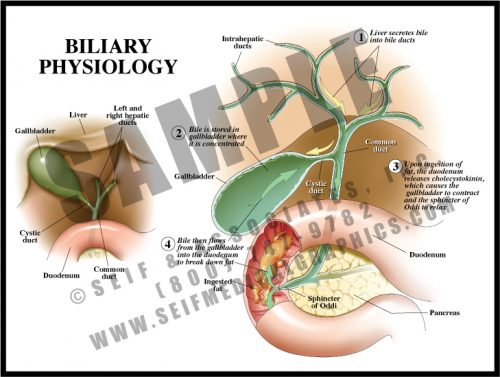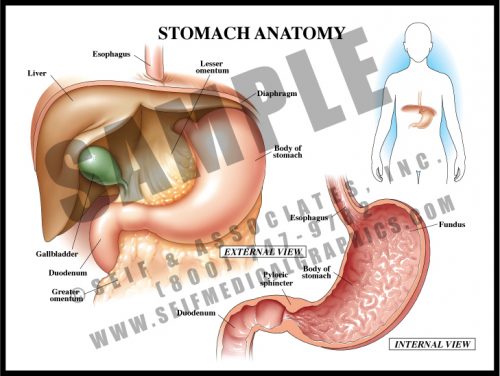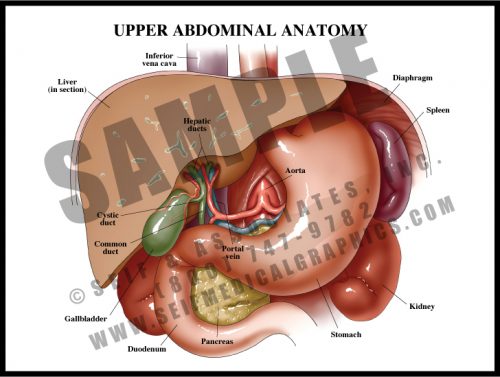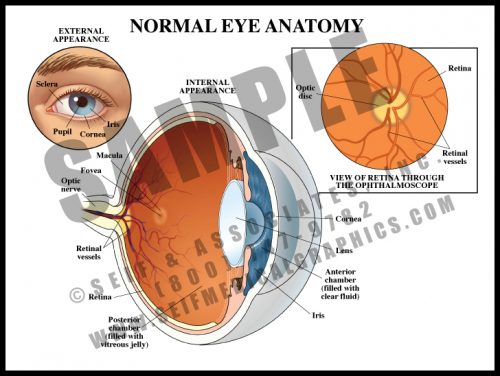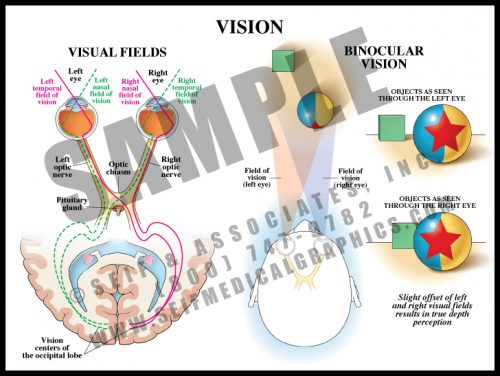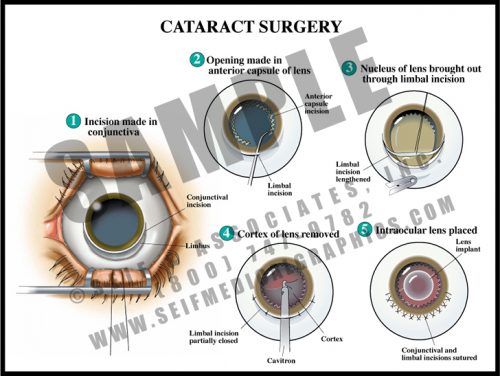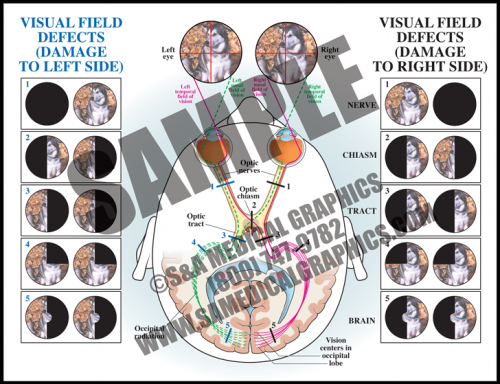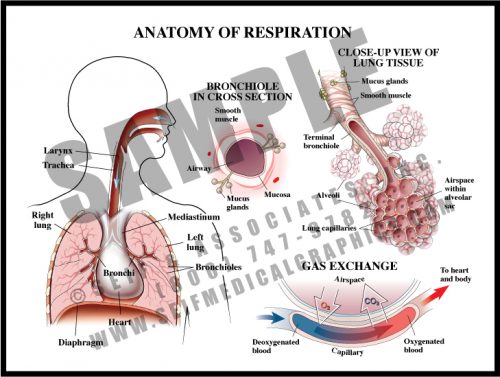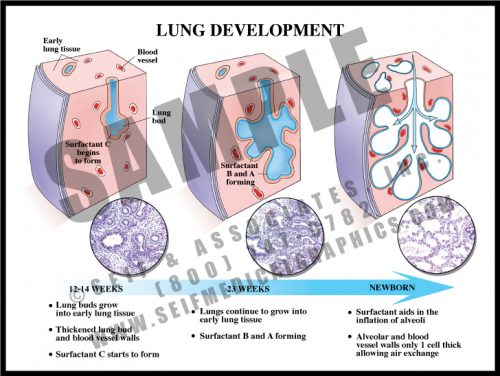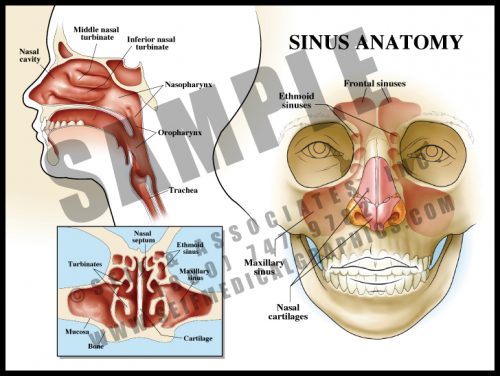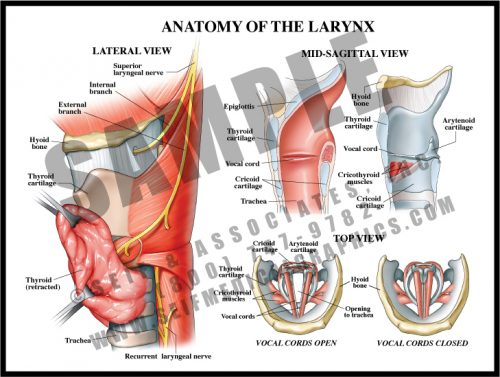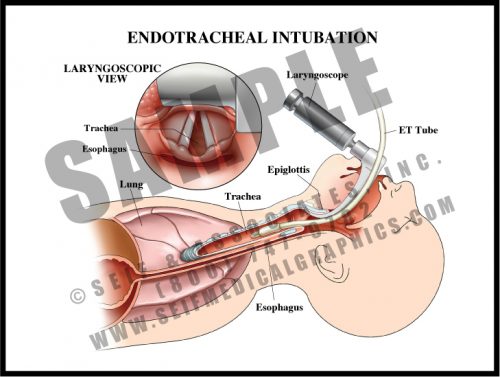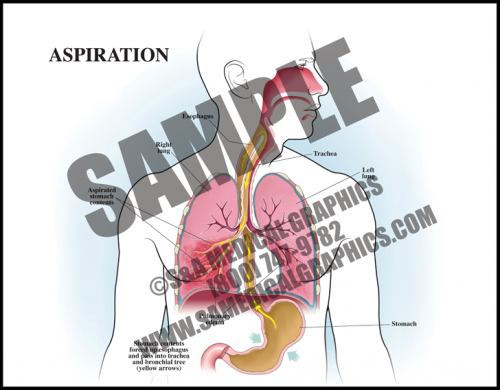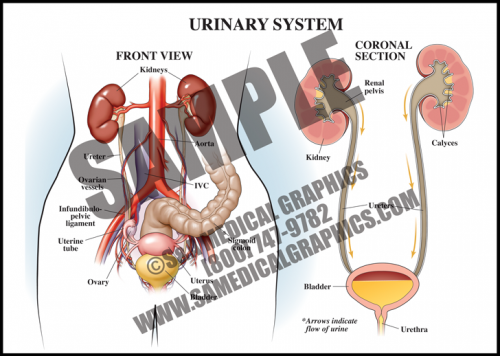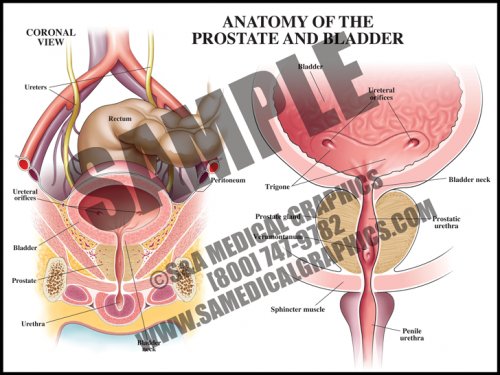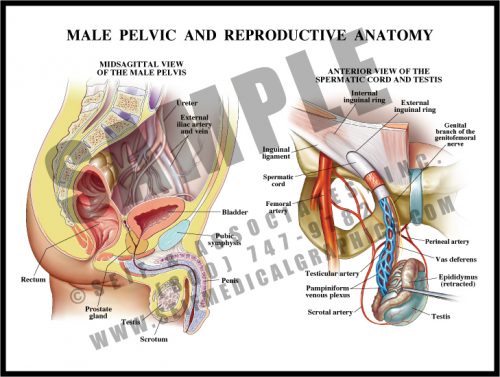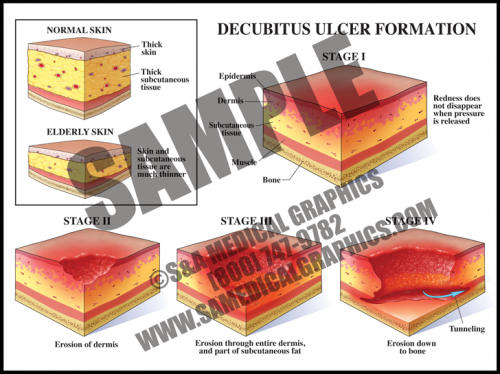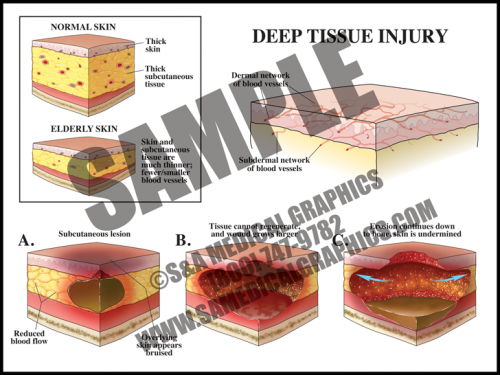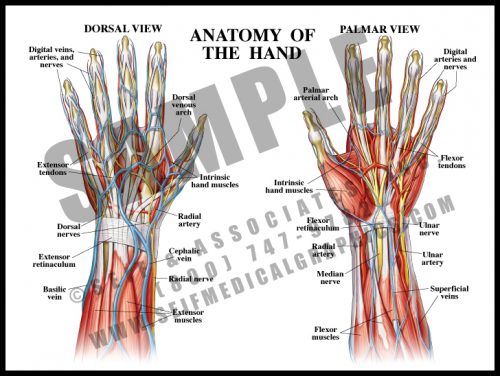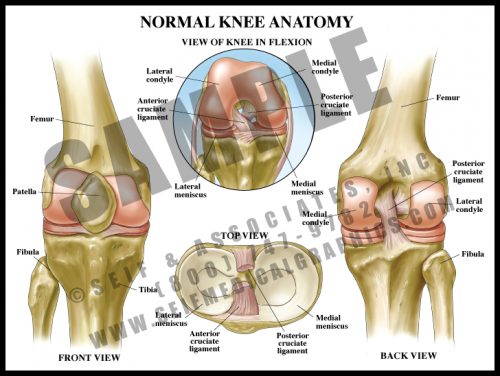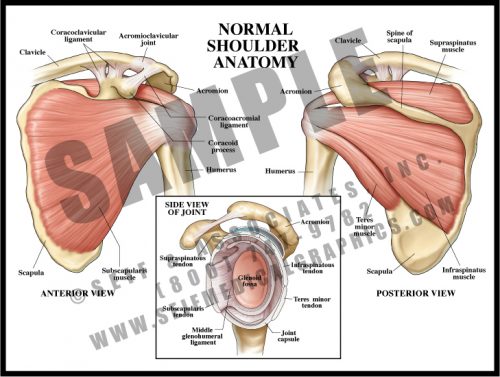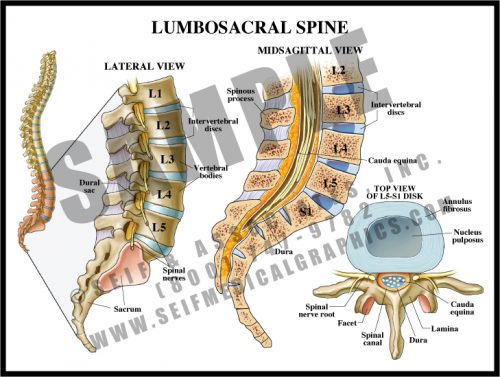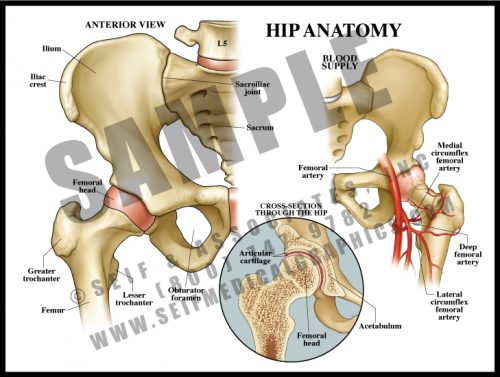- The portal system is a specialized venous drainage system of the large bowel. Instead of merely draining deoxygenated blood, the portal system drains metabolites and nutrients upward so that they detour through the liver instead of returning directly to the heart and lungs. The liver serves as a cleaning and metabolic sieve where drugs and other chemicals are further broken down and either used or removed from the system.
-
-
- The blood supply of the colon comes from three sources: the superior mesenteric arteries supplying the cecum, ascending (right) colon and half of the transverse colon; the inferior mesenteric arteries supplying the distal half of the transverse colon, the descending (left) colon, and the sigmoid colon; the rectal arteries supply the rectum.
- The arteries then divide into arcades, as they do to the small bowel, with straight arteries entering the bowel wall at the mesenteric border.
-
- With the exception of a portion of the first part of the duodenum, the small bowel is supplied by the many branches of the superior mesenteric artery.
- The branches anastomose with each other in two layers of arcades or arches, and from these, small straight vessels pass to the bowel surface, traveling around and through the wall, dividing into smaller and smaller branches.
- The arcades and multiple straight vessels are an adaptation which protects the bowel. Damage can occur to a portion of the small bowel without loss of the entire organ. Clots and ischemia from atherosclerosis and other vascular pathologies can affect the small bowel, much like the brain, heart, kidney and other organs can be affected by such conditions.
-
- The gallbladder stores bile formed within the liver, releasing it for fat digestion.
- Bile travels through the intrahepatic ducts into the paired hepatic ducts; these merge into the common hepatic duct. Bile is then diverted via the cystic duct to the gallbladder for storage.
- When food is ingested and travels through the stomach to the duodenum, a hormone is released (cholecystokinin) which stimulates the gallbladder to contract and the sphincter of Oddi to relax. This allows bile to flow through the cystic duct and the common bile duct into the duodenum.
- The most common pathology in the extrahepatic biliary system is bile (gall) stones (concretions of bile salts, cholesterol, and minerals) which can block ducts, causing inflammation, pain, and jaundice.
-
- The stomach is a muscular sac derived from the simple fetal gastrointestinal tube. The mucosal lining has specialized cells which secrete strong acids and enzymes to break food down before it passes to the small bowel for absorption and distribution.
- The walls are folded into rugae which increase the surface area of the sac. The muscular walls contract to help break up food material.
- The greater omentum arises from the greater curvature of the stomach, and the lesser omentum from the lesser curvature; the hepatoduodenal ligament lies at the free edge and contains the extrahepatic biliary ducts.
- The stomach lies under the diaphragm and to the left of the liver. The strong pyloric sphincter divides the distal stomach from the duodenum or the first portion of the small intestine.
-
- The primary function of the upper abdominal organs is the breakdown of food for distribution by the small bowel. Chewed and macerated food travels through the esophagus to the stomach, where strong acids and muscular contractions break it down further.
- Proteolytic enzymes from the pancreas and bile from the liver and gallbladder drain into the duodenum to further the digestion and breakdown of food.
- The spleen functions as part of the hematopoietic system, controlling the distribution and eventual destruction of red blood cells. It also acts as a part of the immune system.
- Blood is supplied to most of these structures by branches of the celiac trunk, the first major aortic branch in the abdomen.
-
- The contents of the abdomen are primarily associated with digestion and distribution of nutrients.
- The esophagus, a tube which carries food and fluid through the thorax, enters the abdomen through the diaphragm, where it widens into the stomach; the stomach empties into the small bowel (duodenum, jejunum, and ileum, in which food is absorbed into the blood stream), and from there into the large bowel, where waste material is compacted as fluid is reabsorbed into the system.
- The liver has multiple functions affecting a number of other body systems, including digestive, hematologic and endocrine/metabolic.
- The large and small bowels are supplied by branches off of the aorta carried within the mesentery, a double-layered sheetlike structure.
-
- The external eye has upper and lower lids which close over the globe to protect it. The sclera is the white of the eye, the colored portion is the iris, and the black opening in the middle of the iris is a hole known as the pupil. This is the only window in the body through which the nervous system can be seen directly.
- The anterior transparent media consists of the cornea, anterior chamber and lens; the posterior elements of the globe are covered with specialized nerve tissue, the retina.
- The optic nerve enters the eye posteriorly along with its own blood supply; this area is known as the optic disc. The macular area is where visual acuity is greatest.
-
- The visual system is composed of specialized nerve fibers originating in the retina. They join to form the optic nerve (cranial nerve II) just behind the globe. The medial portions of the optic nerve cross over each other at the optic chiasm in front of the pituitary gland. As the nerve fibers travel posteriorly within the brain, they form the optic tracts terminating in the occipital lobe of the brain. By identifying visual field defect patterns, it is possible to determine an anatomical location of the source of visual loss.
- The visual fields of normally-aligned eyes overlap. Each eye sees objects from a slightly different angle, and the brain fuses these views. This binocular vision allows us to perceive depth and spatial relationships.
-
- The lens opacifies with age or after trauma. When vision is sufficiently affected, the cataract can be surgically removed and replaced with an artificial intraocular lens.
- The cornea is lifted from an incision in the blue-grey line surrounding the iris, and the anterior surface of the lens is opened. The nucleus of the lens is removed, leaving the posterior capsule of the lens in position.
- The intraocular lens is then placed within the capsule and fixed into position. Laser treatments are often needed post-operatively to clear the posterior capsule.
- This procedure is one of the safest and most common surgical procedures performed today, with a very low rate of complications.
-
- A variety of retinal or more central pathologies can cause visual field deficits that are limited to particular regions of visual space.
- By identifying visual field defect patterns, it is possible to determine the anatomical location of the source of visual loss.
- Damage to the retina or one of the optic nerves before it reaches the optic chiasm results in a loss of vision that is limited to the eye of origin, while damage in the region of the optic chiasm or farther back in the brain will involve the visual fields of both eyes.
-
- LASIK (laser-assisted in situ keratomileusis) is a popular type of refractive surgery, or surgery performed to improve visual acuity.
- In LASIK, an incision is made to lift up a partial thickness of the cornea, using a very sharp, thin microtome.
- Once the flap is formed, the stroma of the cornea is sculpted with the laser, under computer control. Many of the newer LASIK systems can also accommodate for any eye movement during surgery, using a tracking program.
- This procedure has a very high success rate with relatively few complications.
-
- The lungs are composed of thin-walled alveoli whose sacs are covered by a meshwork of capillaries. This is where oxygen and carbon dioxide are exchanged.
- The trachea carries air from the nose and mouth to the bronchi, which branch to each lung. These divide several times to become very small bronchioles, which directly supply the alveoli.
- The airways are lined with a ciliated mucosa which carries debris upward to the mouth on a layer of mucous, where it is swallowed. These mucosal membranes can swell in reaction to allergens, bacteria and viruses, leading to narrow airways and respiratory symptoms.
-
- The main reason that preterm infants are considered high risk is because their lungs are immature.
- Lungs develop as the airways bud and branch into an anlage of mesenchymal cells. Since respiration requires oxygen and carbon dioxide to cross over two layers of tissue (alveolar wall and capillary wall), these relatively thick-walled airways in preterm babies permit little gas exchange. High-pressure ventilation is required to assist the infant, and this pressure frequently results in the development of chronic lung disease (bronchopulmonary dysplasia).
- In addition, there are too few alveoli present for efficient oxygen supply until 2-3 weeks prior to term. Lungs continue to grow and develop new alveoli for several years after birth.
-
- Sinuses are hollow spaces within the facial bones. They are lined with a ciliated mucosa which has mucus glands. The sinuses are interconnected via a series of openings, allowing mucus to drain into the nose and pharynx.
- The sinuses help to warm inhaled air before it enters the lungs.
- Sinuses are prone to infection or reaction to allergens and react by mucosal swelling and overproduction of mucus. Chronic inflammation or infection can result in permanent thickening of the mucosa and reactive bone changes. Surgery is designed to facilitate drainage and relieve pressure; in some patients it must be repeated a large number of times.
-
- The larynx is composed of a number of cartilaginous structures, muscles and ligaments which maintain the patency of the airway and hold the vocal cords under tension during speech.
- The large thyroid cartilage, which lies beneath the thyroid gland, is connected to the hyoid bone by a strong ligament (thyrohyoid ligament), and the epiglottis arises from its internal surface. All internal structures with the exception of the vocal cords are covered by a pink mucosal lining.
- The small cartilages to which the vocal cords are attached are moved by tiny muscles under the control of the recurrent, superior and inferior laryngeal nerves. These muscles make small adjustments in the opening between the cords, allowing different pitches of sound to be created.
-
- Intubation is required when a patient has difficulty breathing and needs ventilatory assistance. A hollow tube is inserted into the trachea and held in place by a small inflated balloon. If intubation is required for more than a few weeks, a tracheostomy is used to replace it.
- Most endotracheal intubations are done using a laryngoscope, which holds the tongue and epiglottis out of the way while the health care provider inserts the ETT (endotracheal tube).
- Following ETT placement, the provider listens for bilateral breath sounds, watches for the chest to rise, and usually orders a portable chest x-ray to check ETT placement.
-
- Aspiration occurs when foreign material, of either oropharyngeal or gastric contents, is inhaled into the lungs.
- Aspiration can cause a number of respiratory problems depending on the quantity and nature of the inhaled material. Aspiration of gastric contents causes pulmonary edema and often pneumonia.
- The risk of aspiration is increased by conditions associated with altered or reduced consciousness, esophageal conditions like dysphasia, certain neurological disorders, and mechanical conditions like NG tube placement, endotracheal intubation, etc.
-
- The urinary system consists of the kidneys, ureters, bladder, and urethra. This system is responsible for removing wastes and extra fluid from the body in the form of urine. It also keeps the levels of electrolytes in the body stable.
- The kidneys filter the blood through specialized capillaries in order to remove waste materials and produce urine.
- The ureters drain urine from the kidneys and transport it to the bladder, where it is stored until it is released outside the body through the urethra during urination.
-
- The prostate is a walnut-sized gland located between the bladder and the penis; it secretes fluid that nourishes and protects sperm. The male urethra runs through the center of the prostate, from bladder to penis.
- The bladder is a hollow, muscular organ in the lower abdomen that stores urine and allows urination to be infrequent and voluntary.
- It is not uncommon for older men to develop benign prostatic hyperplasia (BPH), in which the prostate becomes enlarged, resulting in restriction of the ow of urine through the urethra. The prostate can also develop cancer, although that is much less common than BPH.
-
- The male pelvis contains the bladder and rectum, along with the internal portions of the reproductive system: the prostate, seminal vesicles, and the intrapelvic portions of the ductal apparatus.
- Sperm is produced in the testes, which lie in the scrotal sac outside of the pelvis. The sperm travels up the spermatic duct and is stored in the seminal vesicles. At ejaculation, sperm is released along with prostatic fluid, both of which travel down the urethra.
- The urethra has three parts: the prostatic portion; the membranous portion which passes through the urogenital diaphragm, and the penile portion.
- The spermatic cord contains a venous plexus, the spermatic artery and the spermatic duct.
-
- Pressure ulcers are a localized injury to the skin and/or underlying tissue, usually over a bony prominence, that occur as a result of pressure, shear, and/or friction.
- Stage I decubitus ulcers manifest as a non-blanchable area of skin redness, which then progresses to a partial thickness wound in Stage II, and further to full thickness skin loss in Stage III. Stage IV decubiti involve full thickness tissue loss with exposed bone, tendon, or muscle with sloughing, undermining, and tunneling. These ulcers can extend into muscle and/or supporting structures making osteomyelitis and sepsis a concern.
- Decubitus ulcers are associated with an increased morbidity and mortality, and healing can be difficult as debilitated patients who form them usually have widespread vascular disease, nutritional de cits, and/or oxygenation/perfusion difficulties.
-
- Deep tissue injuries can have the same outward appearance as decubitus ulcers, but the underlying etiology is different. These injuries happen and progress quickly.
- The mechanism of this injury is pressure to the skin and soft tissue, within a short period of time, that compromises tissue perfusion and results in ischemia and damage to the deeper subcutaneous tissues.
- The initial injury is not visible on the surface of the skin and only manifests later as the underlying tissue starts to necrose, first forming what appears to be a bruise before progressing to an external/visible skin wound.
- This type of wound evolves upward towards the skin as well as deeper, so once the external wound becomes apparent, it is frequently already a deep injury often with the appearance of a Stage 3–4 decubitus ulcer.
-
- Decubitus ulcers are common in debilitated patients, particularly the aged who have thinner skin and subcutaneous tissue that is more susceptible to compression injury.
- Patients with limited mobility (from injury, sickness, or neurologic disorders, etc.), poor nutritional intake, conditions affecting perfusion and oxygenation of tissues (like diabetes, cardiovascular disease, heart failure, etc.), skin moisture due to incontinence, and advanced age are particularly vulnerable.
- These ulcers are often multifactorial, making them difficult to prevent and even more difficult to heal in at-risk patients.
-
- One of the more complex structures, the hand has a high concentration of nerves and vessels. There are also many small intrinsic muscles which allow fine motor function.
- Tendons, blood vessels and nerves originating in the arm cross the wrist to enter the hand; the intrinsic muscles are solely within the hand.
- The structures crossing the double row of wrist bones are held in place by the flexor retinaculum on the volar (palmar) side (“carpal tunnel”), and by the extensor retinaculum on the dorsal side. The flexor retinaculum can sometimes thicken or scar, causing compression of the median nerve, or carpal tunnel syndrome.
-
- One of the major joints in the body, the knee is required to support huge and repeated pressures over the course of a lifetime. The articular surfaces of the joint are covered with glassy-smooth articular cartilage, and the menisci act as shock absorbers with each step.
- The patella is a large sesamoid bone which lies within the quadriceps tendon. It articulates with the condyles of the femur.
- The anterior and posterior cruciate ligaments are located at the center of the joint and allow some rotatory motion. The lateral and medial collateral ligaments are attached on either side of the joint to maintain stability.
-
- The tendons of the deep shoulder muscles (infraspinatus, supraspinatus, and teres minor) conjoin with the shoulder joint capsule to form the rotator cuff.
- Rotator cuff injuries are common and may be difficult to treat.
- The head of the humerus rests in the glenoid fossa, a relatively shallow depression in the scapula. The rotator cuff holds the head in the fossa during movement.
- The shoulder joint is prone to dislocation due to the shallowness of the glenoid fossa.
- The acromioclavicular joint lies over the shoulder and sometimes develops fibrosis, making movement painful or stiff.
-
- The bones of the foot follow basically the same pattern of the hand bones. There is a double layer of sesamoid-like bones forming the ankle, which articulate with the long bones making up the central foot (metatarsals), which are in turn attached to the phalanges, or toes.
- The tendons and the many ligaments of the foot attach to the tough, thin tissue covering the bones, the periosteum. The ligaments attach the bones to each other, and the tendons connect the muscles to the bones.
- As in the hand, there are intrinsic muscles in the feet.
- The bones of the foot form a longitudinal arch and a transverse arch. Most of the body’s weight is borne on the metatarsal heads, particularly the first and fifth.
-
- The lumbar spine is composed of large, strong bones which must support the entire weight of the spine and head.
- The vertebral bodies are separated by fibrous discs which serve as shock absorbers. The discs have a fibrous ring (annulus fibrosis) and a gel-like center (nucleus pulposus).
- The spinal canal is formed by the pedicles, laminae, and the vertebral bodies and discs; the canal protects the distal portion of the axial nervous system, the cauda equina.
- The large transverse and spinous processes serve as support for the many paraspinous muscles which allow for the fine movement of the spine.
- The sacrum is the large, wedge-shaped bone forming the posterior part of the pelvic bowl, and is composed of fused vertebrae.
-
- The largest joint in the body, the hip is composed of the large, round head of the femur which lies within the acetabulum or cup of the pelvis. Cartilage covers the articular surfaces, as in every other joint. There is a joint capsule and a number of muscles which cross and protect the joint and allow movement in a number of planes.
- The blood supply to the hip is relatively meager and easily disrupted with trauma.
- Since the entire weight of the body goes through this joint with every step, it is vulnerable to damage from use and is a common site for degenerative joint disease.

